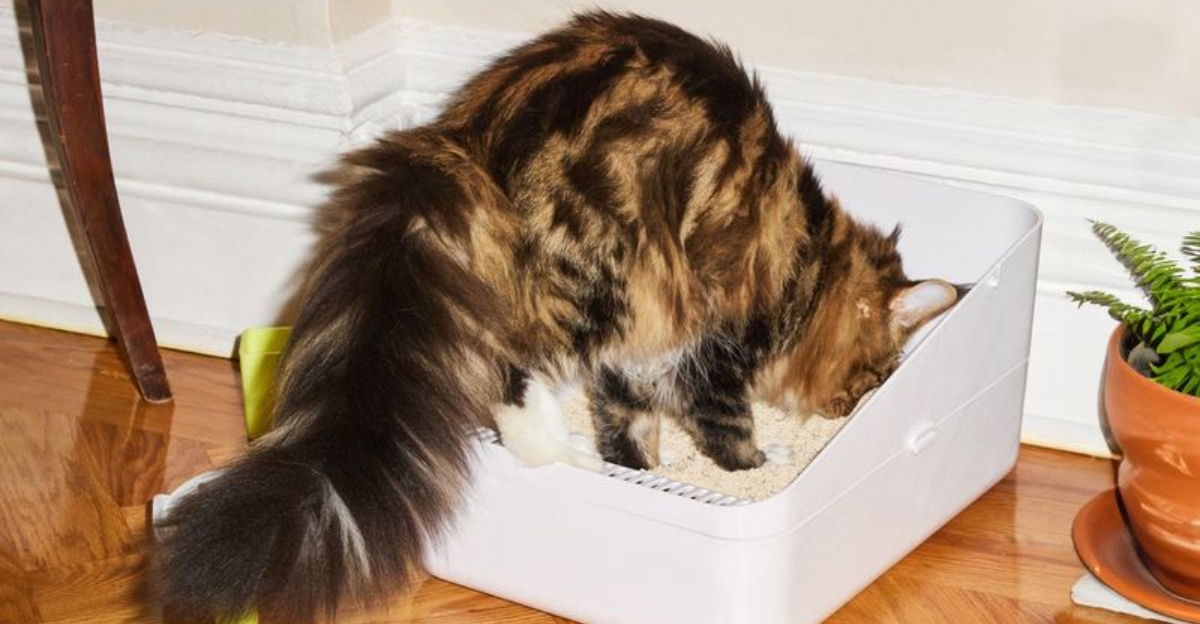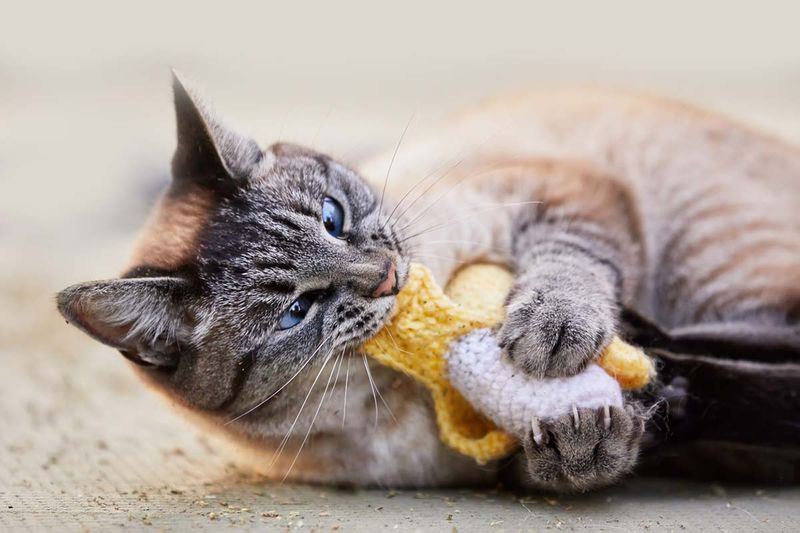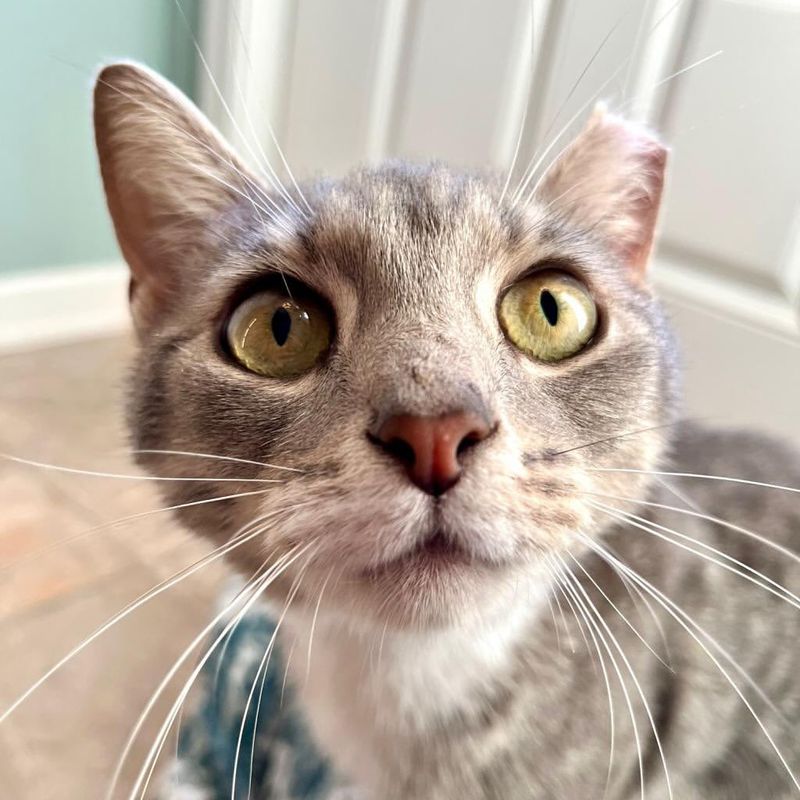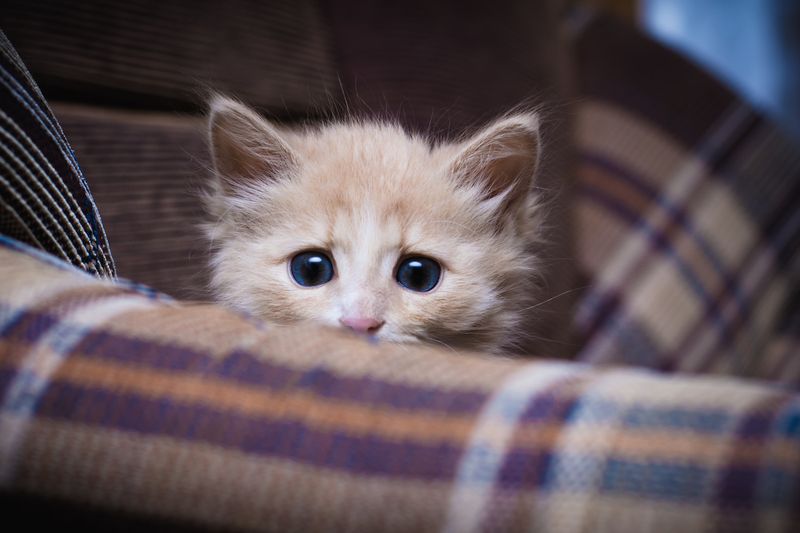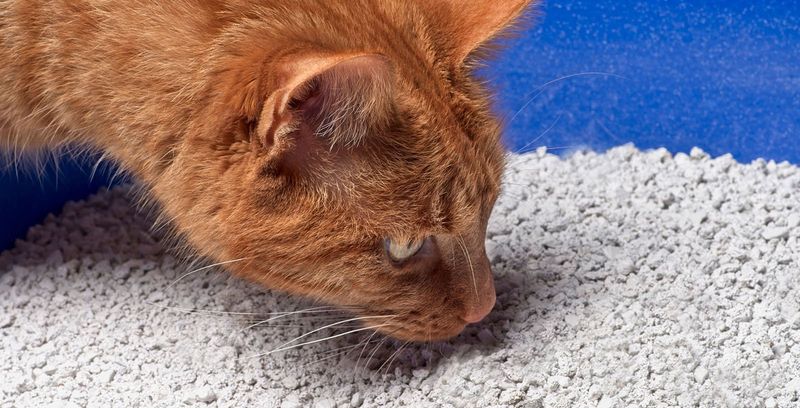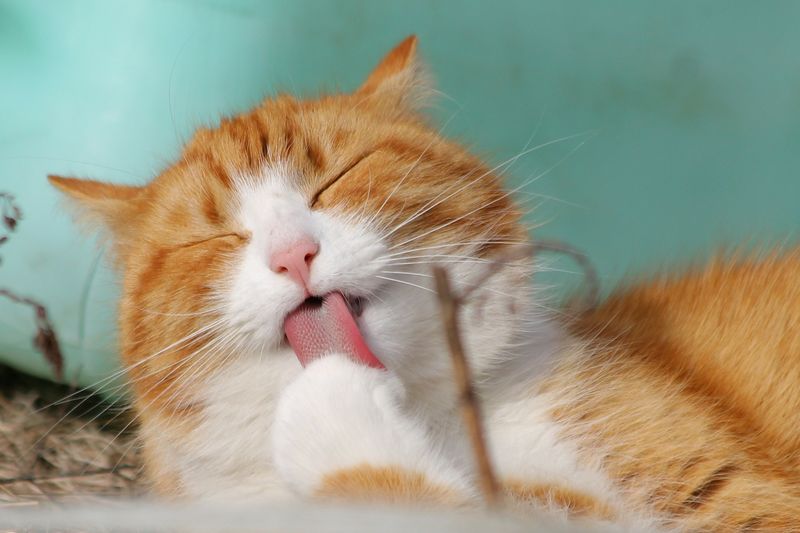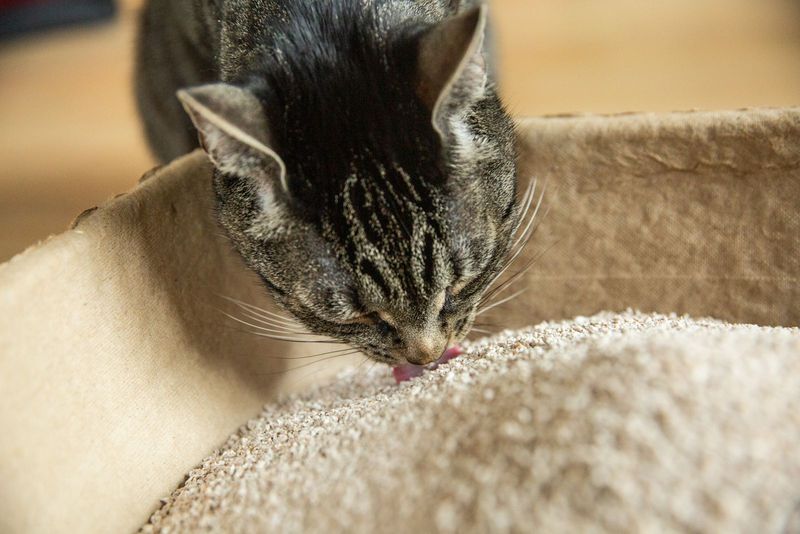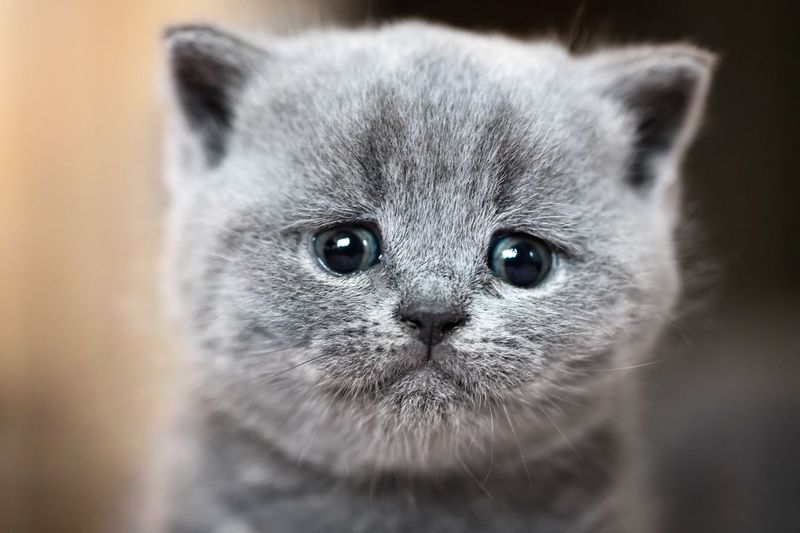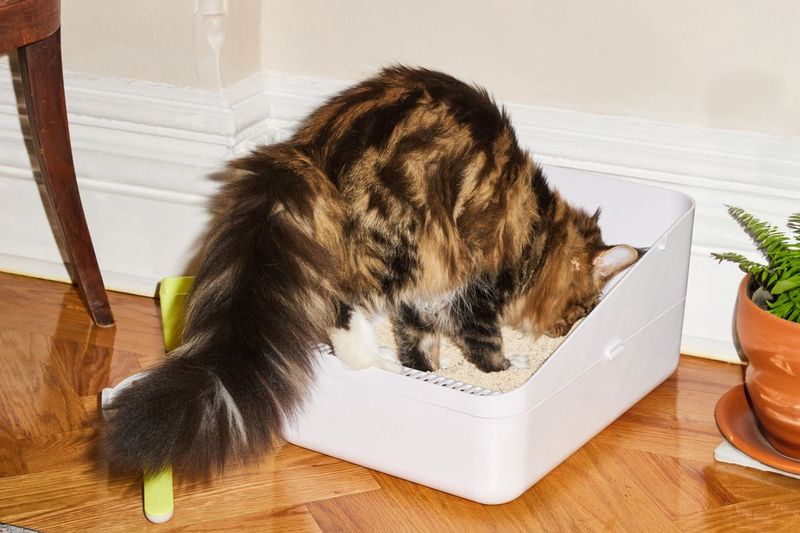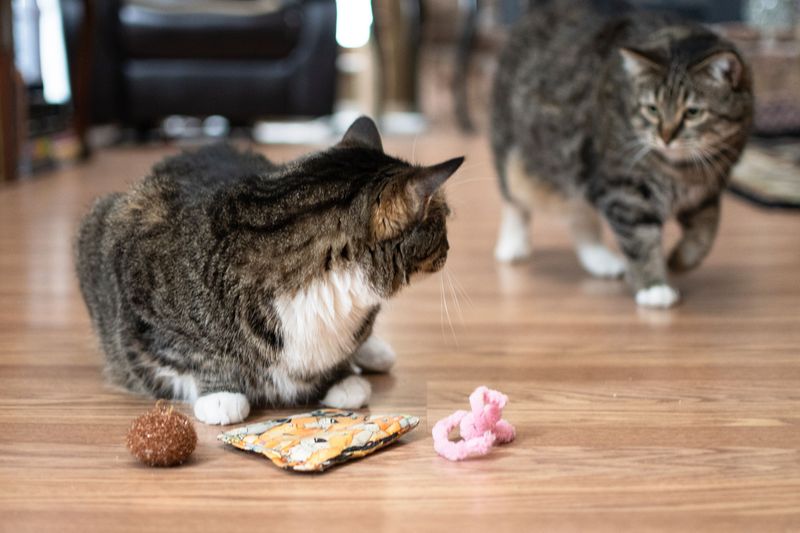📖 Table of Content:
Cats are often a source of intrigue with their mysterious and sometimes puzzling behaviors. One habit that can cause concern among cat owners is when their feline companions eat cat litter. While this may seem unusual, various factors could explain why a cat might develop this habit.
The reasons behind this behavior range from nutritional deficiencies to stress-related issues. Cats may turn to litter eating as a way to fulfill unmet dietary needs or to cope with anxiety. Understanding the underlying cause is key to addressing the issue and preventing further complications.
Addressing this behavior involves identifying its root cause and taking steps to improve the cat’s environment or diet. Whether it’s a nutritional imbalance or behavioral concern, each reason requires a tailored approach. By identifying the cause, owners can take the necessary actions to stop this concerning behavior and ensure their cat’s overall health.
1. Nutritional Deficiencies
When a cat eats non-food items, like litter, it could be a sign of pica, a condition often caused by nutritional deficiencies. Missing key minerals, such as iron, or certain vitamins can drive cats to seek out unusual sources. Reviewing their diet and adding supplements, if needed, can help correct these imbalances and reduce the behavior.
In consultation with a veterinarian, switching to a high-quality, nutrient-rich cat food can help. Additionally, ensuring your cat has access to fresh water and balanced meals is critical to preventing this behavior from developing further.
2. Curiosity and Exploration
Cats, especially kittens, are naturally curious creatures who explore the world with their mouths. This behavior can lead to tasting or eating litter as they check out their environment. Providing your cat with safe and engaging toys can redirect their attention from litter.
Additionally, using non-toxic, natural litter can mitigate health risks if ingested. Encouraging playtime and mental stimulation through interactive toys will satisfy their curiosity without involving litter. Creating a stimulating home environment helps reduce the chances of your cat indulging in this undesired behavior.
3. Stress and Anxiety
Unusual behaviors in cats, like eating litter, often stem from stress and anxiety. Environmental changes—such as moving to a new home or introducing a new pet—can trigger these reactions. Keeping the surroundings stable and predictable helps reduce stress. Offering quiet spaces or hideaways allows your cat to retreat and feel secure. To further calm your cat, try soothing music or pheromone diffusers, which can create a more relaxed environment.
Consulting with a veterinarian for behavioral advice might be needed if the problem persists. Addressing the root cause of stress often alleviates the symptom of eating litter.
4. Boredom
When cats get bored, they can turn to destructive habits like eating litter. Keep their minds and bodies active with toys, activities, and interaction to prevent mischief!
Introducing puzzle feeders or setting up a cat tree for climbing can also provide entertainment. Interactive play sessions with the owner are particularly beneficial. Ensuring your cat is occupied and stimulated is key to preventing them from developing undesirable habits like litter eating.
5. Dental Issues
Dental problems can sometimes lead a cat to chew on inappropriate objects, including litter. Swollen gums or tooth pain might prompt them to chew on litter for relief. Regular dental check-ups with a veterinarian are crucial to detect and address dental issues early.
Providing dental treats or toys specifically designed for maintaining oral health can also help. If you notice your cat eating litter, a dental examination might be warranted to rule out or address any underlying oral health issues.
6. Lack of Fiber
A lack of fiber in a cat’s diet can lead to them seeking alternative sources, such as litter. Ensuring that your cat’s food contains adequate fiber is essential.
Consulting with a veterinarian to choose an appropriate diet can help meet their nutritional needs. Providing fiber-rich treats or supplementing with cat-safe vegetables might also be beneficial. A balanced diet, rich in fiber, not only aids in digestion but also discourages undesirable behaviors like eating litter.
7. Medical Conditions
Certain medical conditions, such as anemia or diabetes, can cause cats to eat litter. If your cat is exhibiting this behavior, a veterinary consultation is necessary to rule out any underlying health issues.
Blood tests may be needed to diagnose conditions that could be influencing this behavior. Addressing the medical issues through proper treatment can often resolve the litter-eating habit. Regular health check-ups are vital for early detection and management of health problems.
8. Flavorful Litter
Some cats are attracted to the taste or smell of certain litters, particularly those that are scented. Switching to an unscented or naturally-scented litter might reduce this attraction. Observing your cat’s preferences can help determine which type of litter is less appealing for ingestion.
Moreover, experimenting with different litter materials like paper or wood can also be effective. Always choose non-toxic litter to minimize health risks. Understanding your cat’s preferences can aid in selecting the right type of litter.
9. Mimicking Behavior
Sometimes, cats mimic behaviors they observe from their environment or other animals. This can include eating litter if they’ve seen another pet or even a human engaging in strange actions near the litter box.
Ensuring that litter boxes are placed in quiet, low-traffic areas can help minimize exposure to such influences. Observing and gently correcting these behaviors can be beneficial. Providing a structured environment with clear boundaries helps prevent imitative behaviors that are undesirable.
